Fixing Rotors: Simple Steps to Get Your Brakes Back on Track
If your car vibrates when you brake or makes a squealing noise, the rotors are probably the culprit. Rotors are the metal discs that the brake pads squeeze to slow you down. When they get warped, cracked, or too thin, they compromise safety and comfort. The good news? Most rotor problems can be fixed without a trip to a pricey garage, as long as you follow a clear plan.
Why Rotors Need Attention
Rotors wear out for three main reasons: heat, wear, and impact. Heavy braking in traffic or down a hill builds heat, which can cause the metal to warp. Regular driving slowly wears the surface, making it uneven. Hitting a pothole or curb can crack the disc. Ignoring these signs means longer stopping distances, pulsating brake pedals, and eventually, a complete brake failure.
Common symptoms include:
- A deep, humming or squealing sound while braking.
- Vibration felt through the steering wheel.
- Dashboard brake warning light.
- Visible grooves or rust on the rotor surface.
When you notice any of these, check the rotor thickness with a micrometer. Most manufacturers set a minimum thickness – usually around 0.5 mm for passenger cars. If you’re below that, replace the rotor instead of trying to resurface it.
DIY Fixing Rotors at Home
Before you start, gather these basic tools: a jack and stands, a lug wrench, a socket set, a C‑clip plier, a torque wrench, and a rotor turner or a large screwdriver. You’ll also need new brake pads if the old ones are worn, and optionally a rotor resurfacing kit if the disc is only slightly warped.
Step‑by‑step:
- Secure the car. Lift the wheel, place jack stands, and remove the lug nuts.
- Take off the brake caliper. Unbolt it and suspend it with a piece of wire – don’t let it dangle off the brake hose.
- Remove the old rotor. Some rotors have retaining clips; use the C‑clip plier to pop them out. If it’s stuck, tap gently with a rubber mallet.
- Inspect the rotor. Look for cracks, deep grooves, or excessive wear. If it’s only warped, a light resurfacing can work – follow the kit instructions carefully.
- Install the new or resurfaced rotor. Align it with the hub bolts, then reinstall any retaining clips.
- Put the caliper back. Make sure the piston is fully retracted (use a C‑clip tool). Tighten bolts to the torque spec in your car’s manual.
- Re‑mount the wheel. Hand‑tighten the lug nuts, lower the car, then torque the nuts in a criss‑cross pattern.
- Test the brakes. Pump the pedal a few times to seat the pads, then do a low‑speed test in a safe area.
If you feel any grinding or the car still pulls to one side after the repair, the problem might be with the caliper or the brake fluid. In those cases, it’s best to let a professional handle it.
Fixing rotors yourself can save you £50‑£150 compared to a garage, but safety always comes first. Double‑check torque values, keep the work area clean, and never skip the test drive. When in doubt, call Northwich Tyres Centre – we have the tools, parts, and experience to get your brakes perfect.
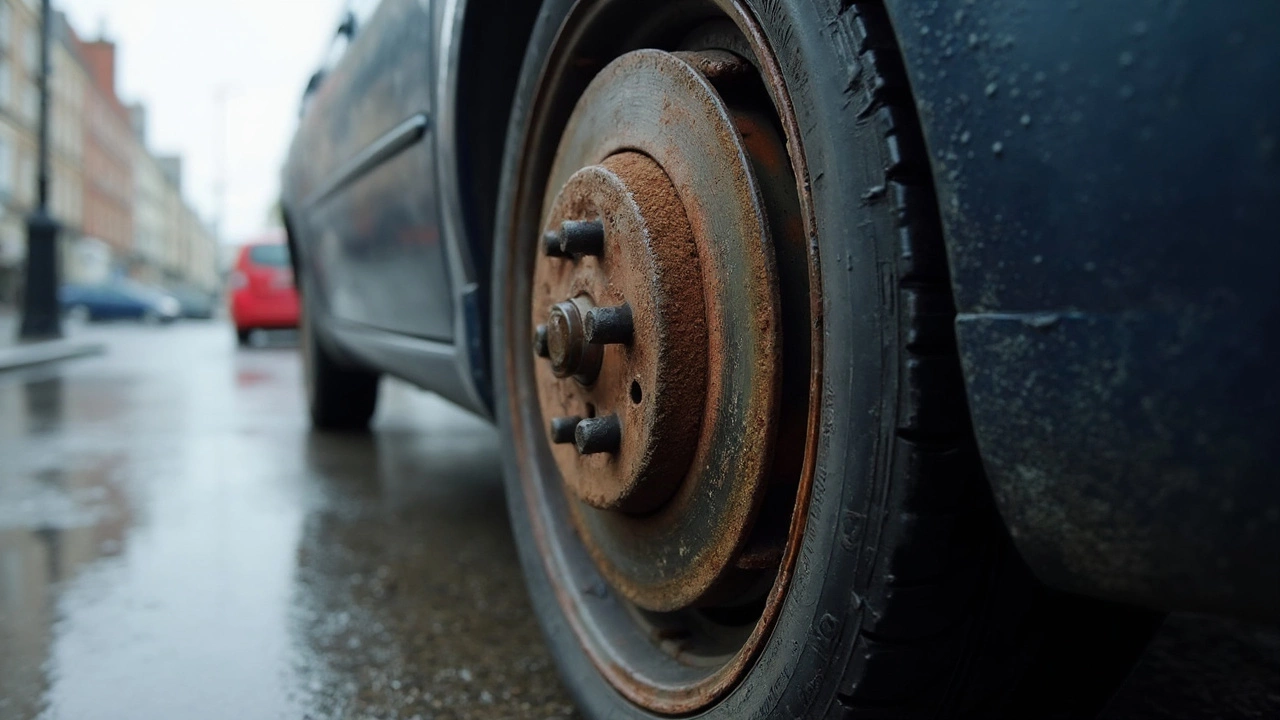 27 May 2025
27 May 2025
How to Tell If Rotors Are Bad: Easy Signs Your Brakes Need Help
Rotors are easy to ignore, but worn or damaged ones can make your car unsafe and cost you more in repairs. This article breaks down the most common signs your rotors are bad, what those symptoms actually mean, and how to check them yourself. You’ll get clear tips so you know when it’s time for new rotors or just a simple fix. Learn why paying attention to rotor health saves money—and maybe even an accident. Don’t wait until your brakes fail in traffic.
Latest Posts
-
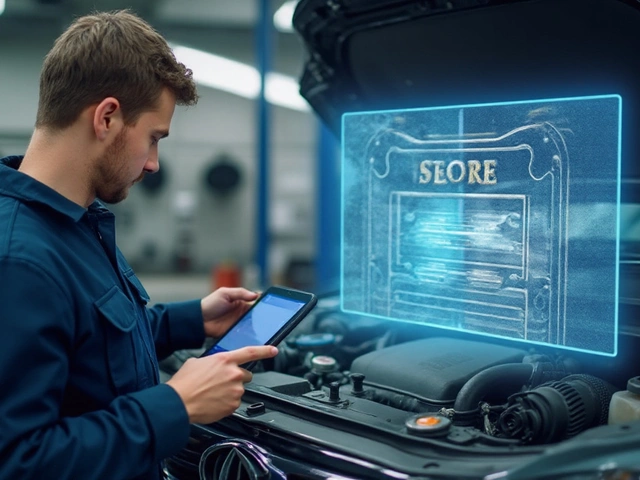
Should You Upgrade to New Car Radiators?
-
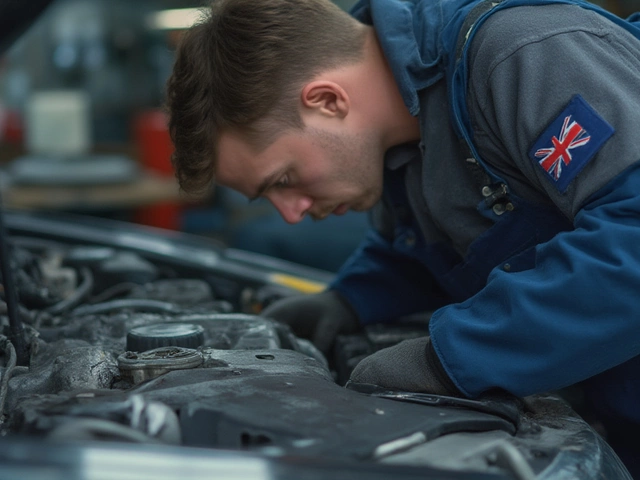
What Are the Signs of a Clogged Fuel Injector? Expert Guide to Identifying Fuel Injector Issues
-
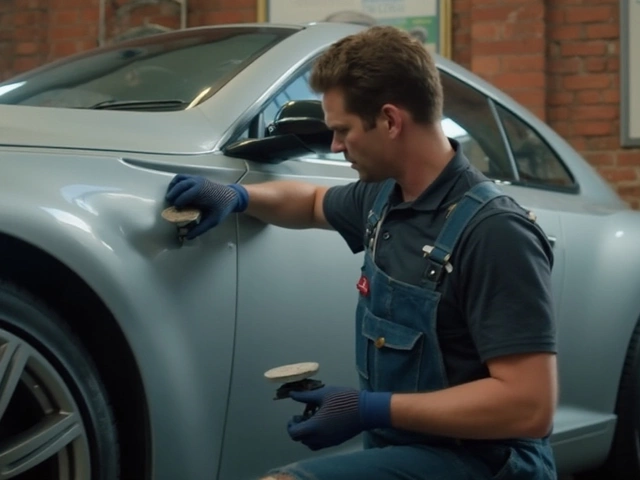
Essential Tips for Identifying Worn Brake Pads
-

Exploring Diverse Exhaust Systems: A Deep Dive into Their Types and Functions
-
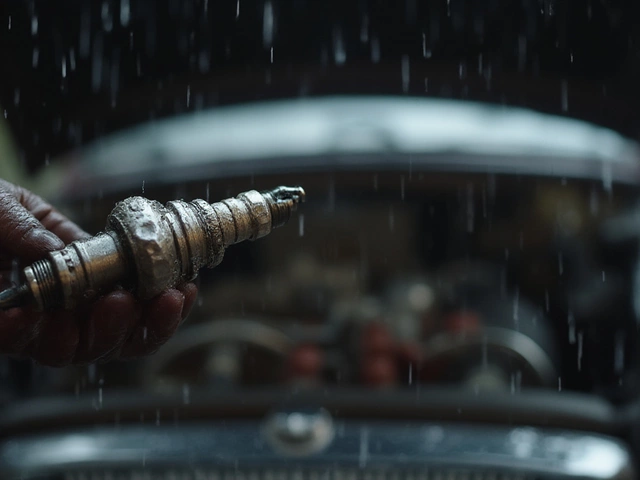
Can a Car Run Without Spark Plugs? Essential Facts for Car Owners

0